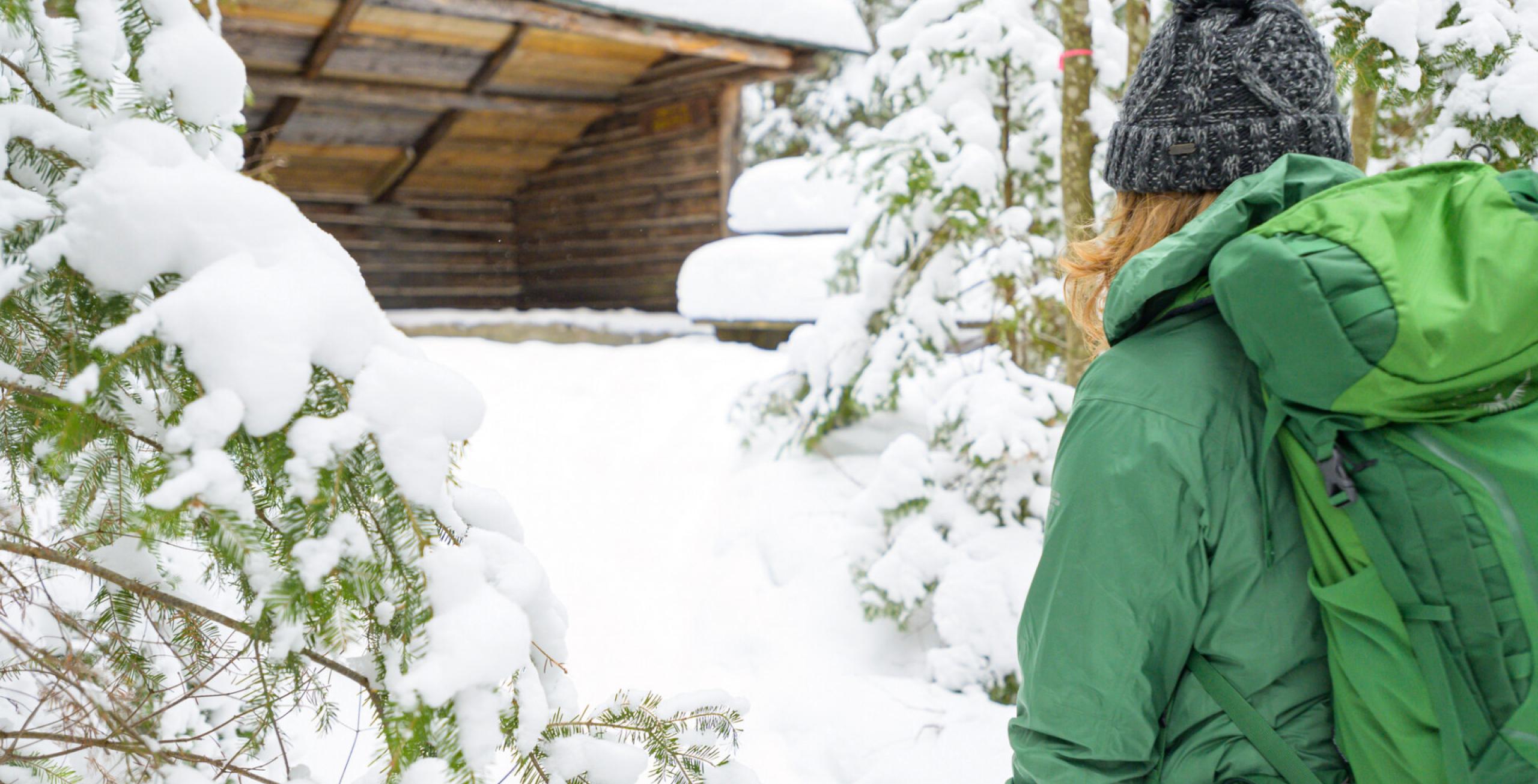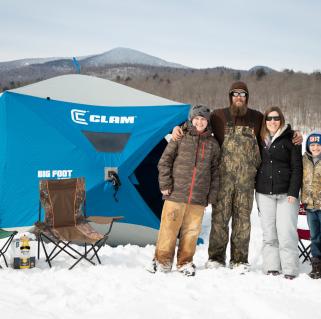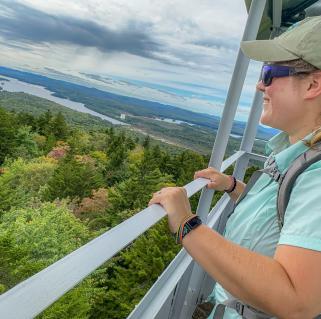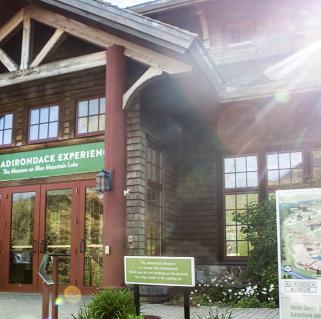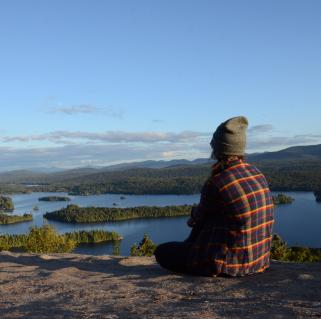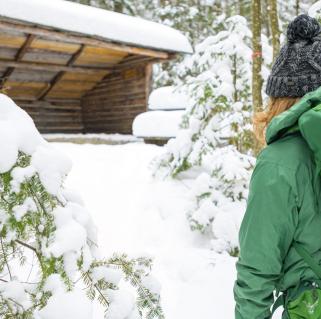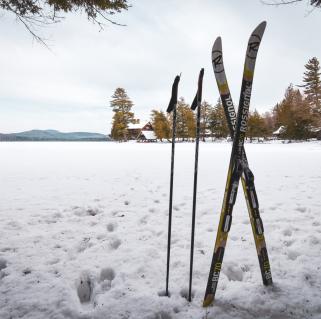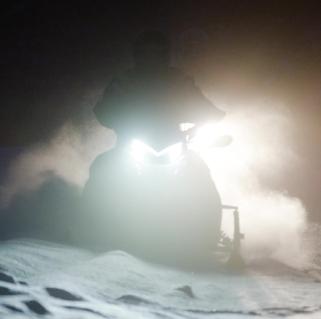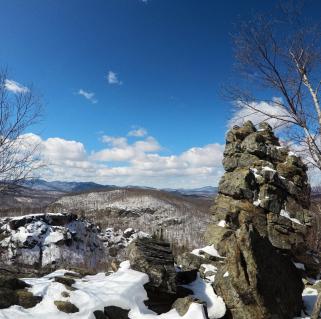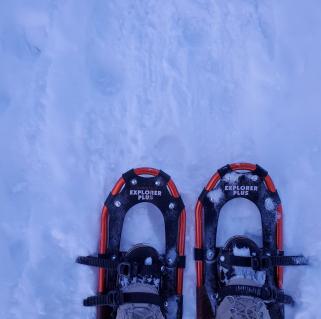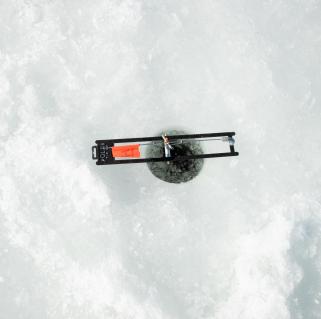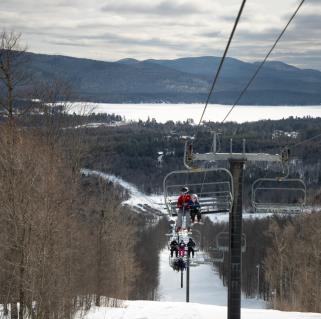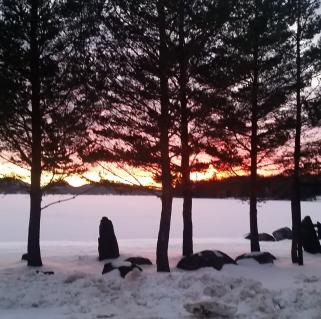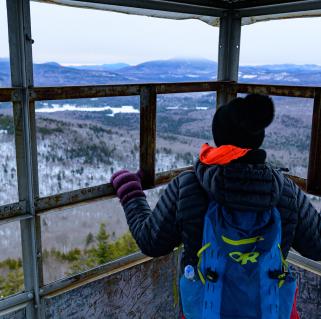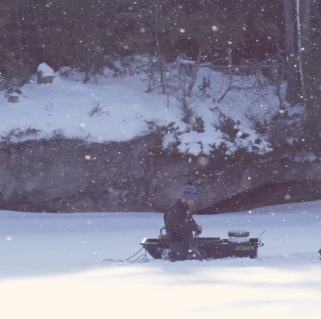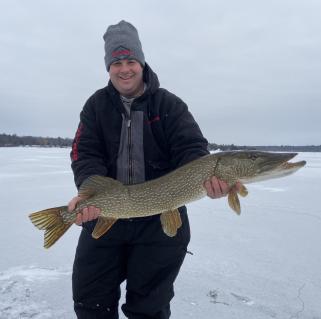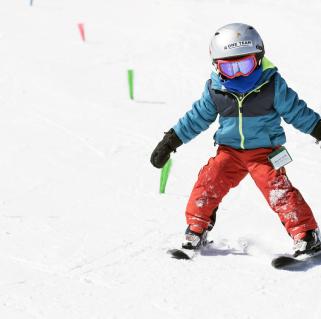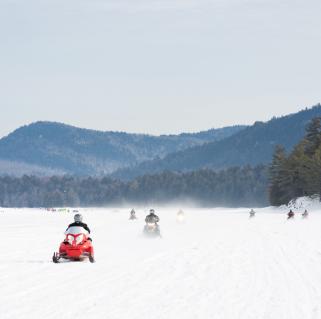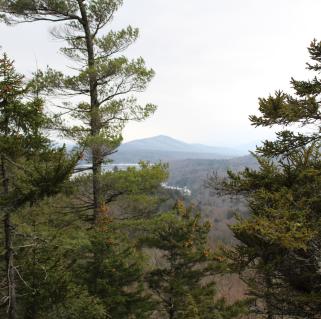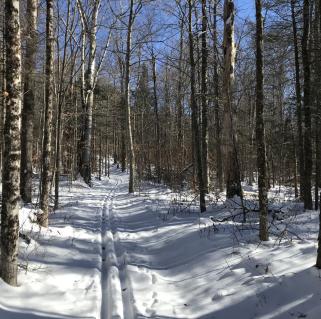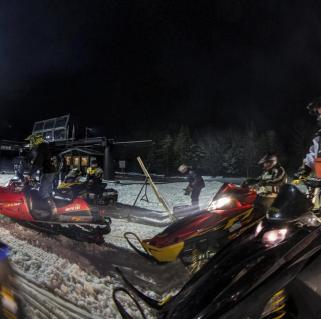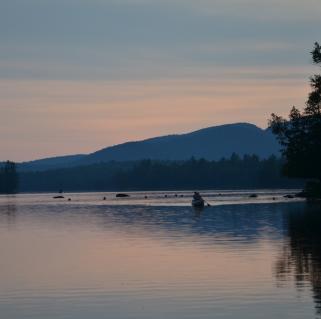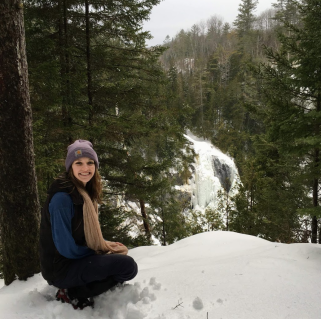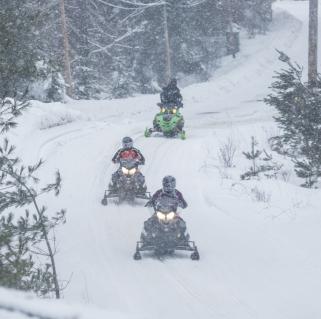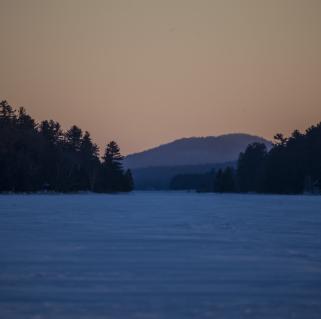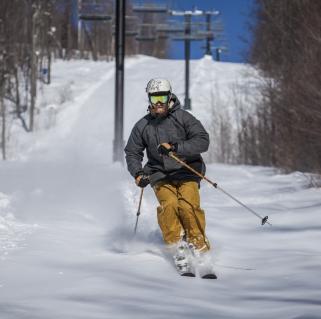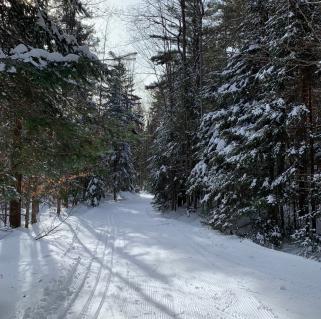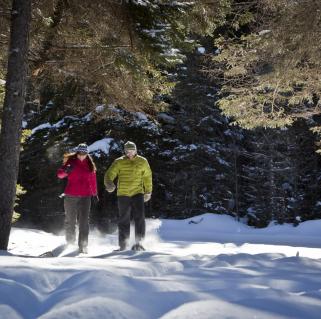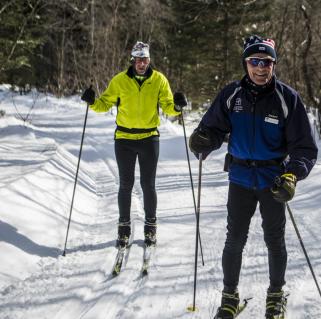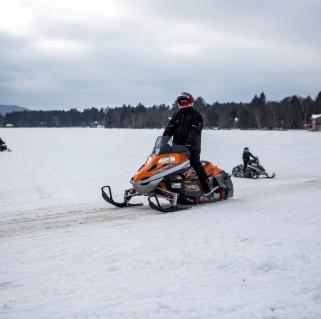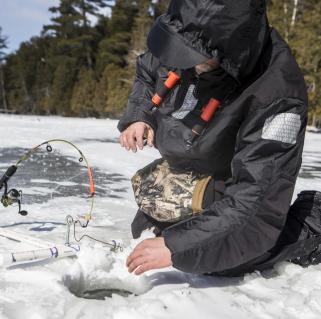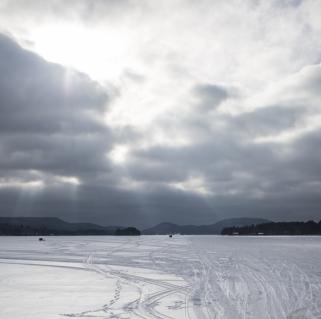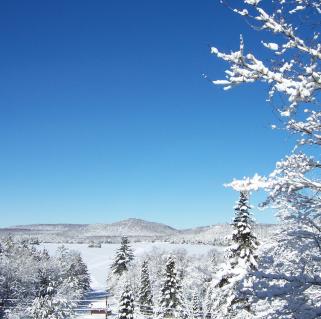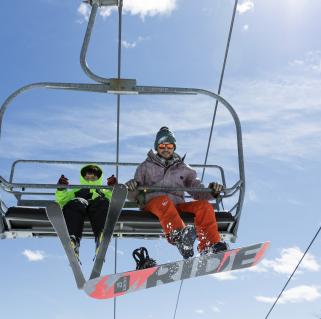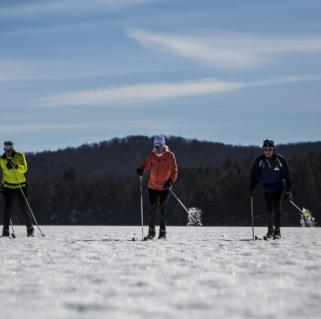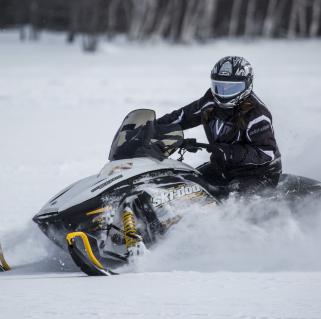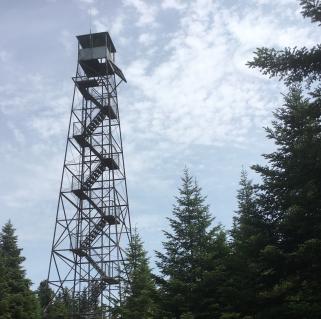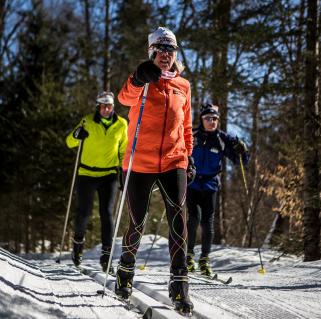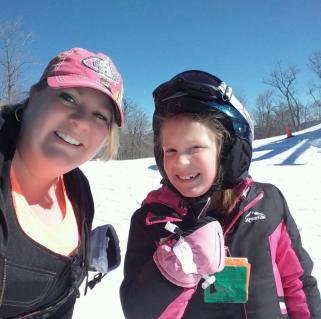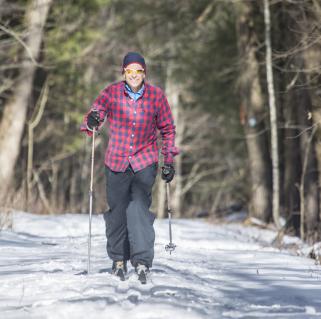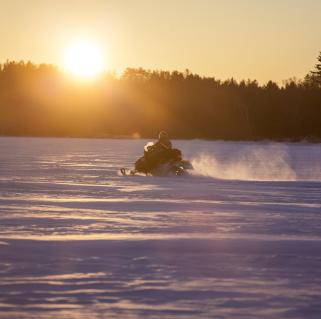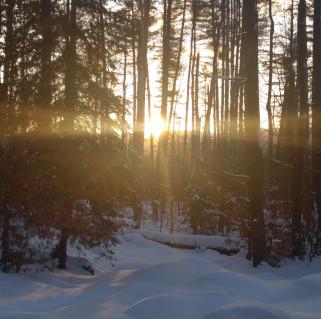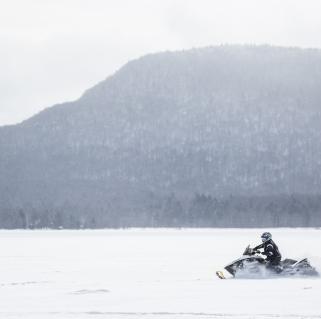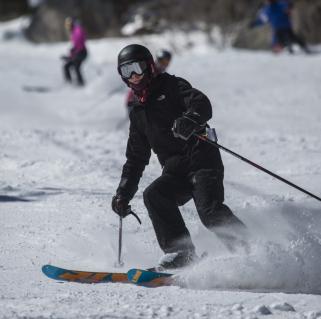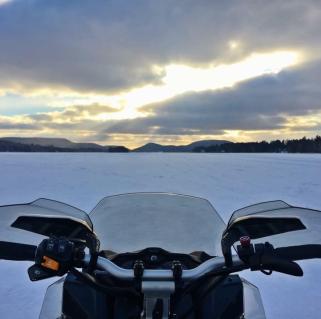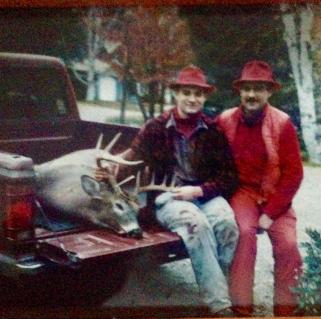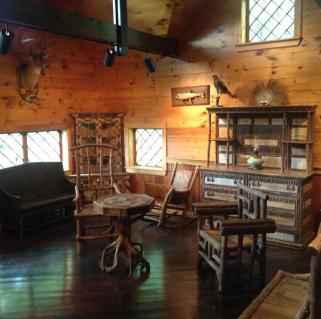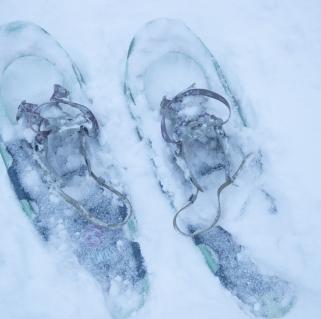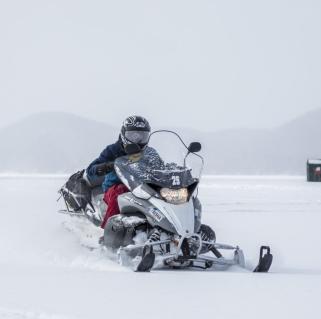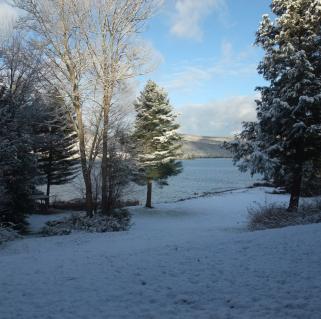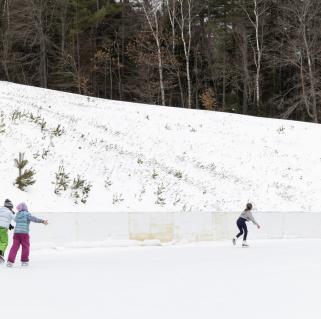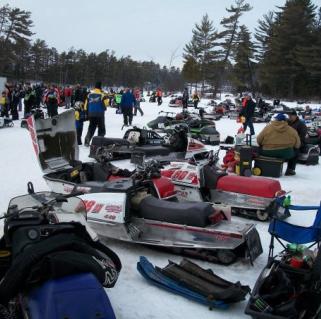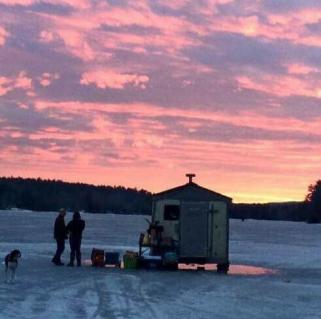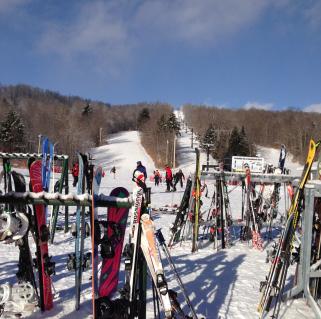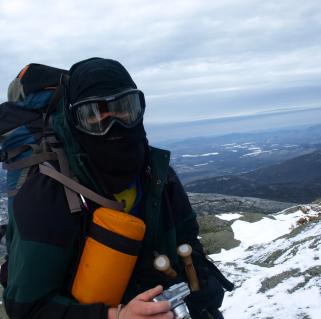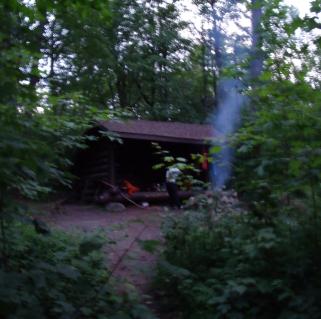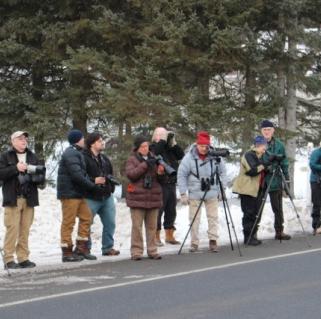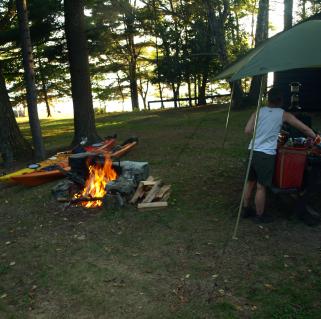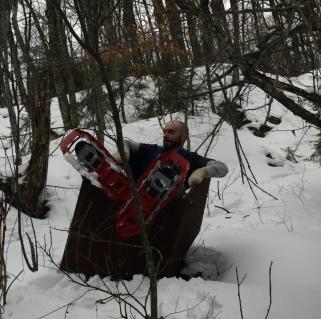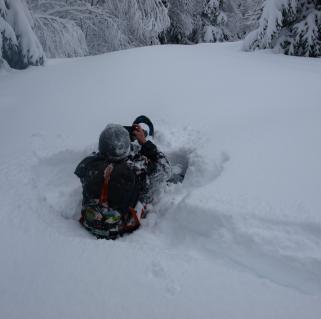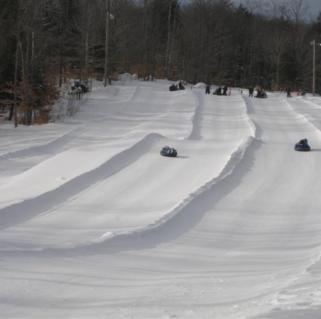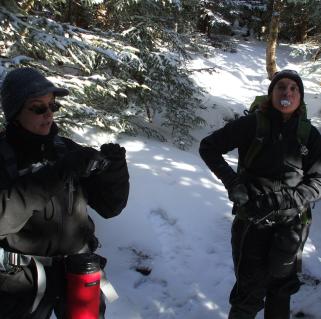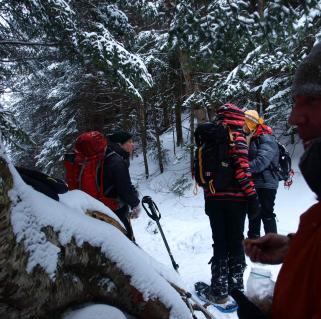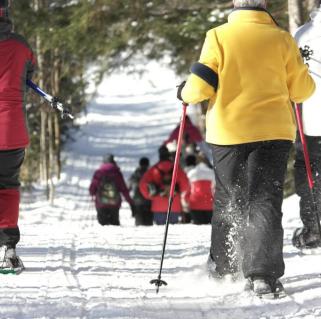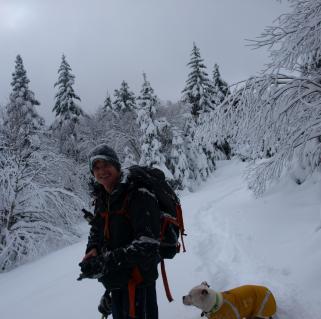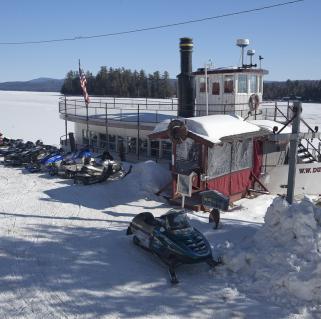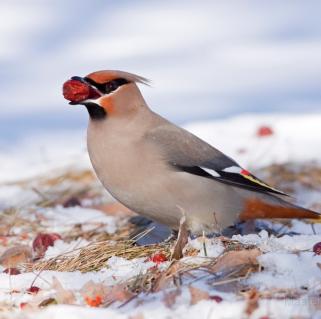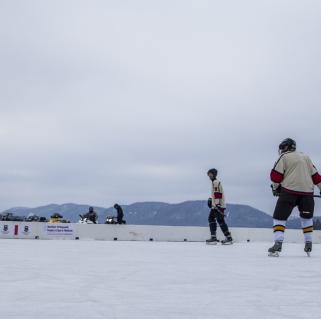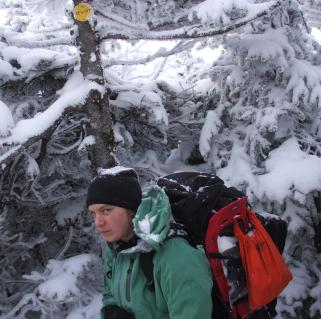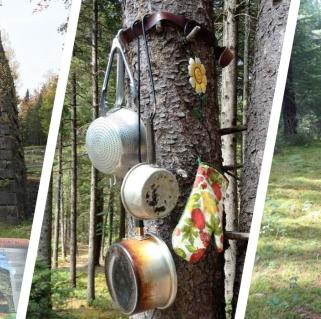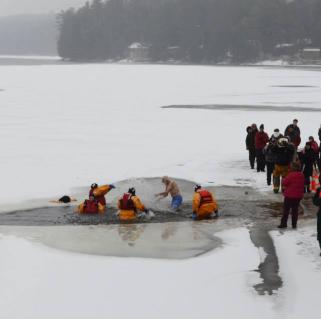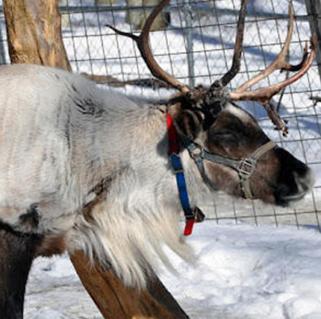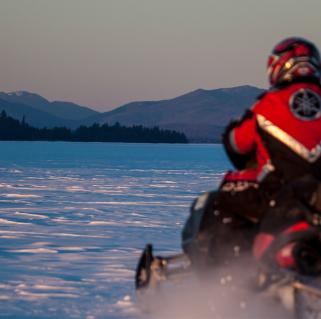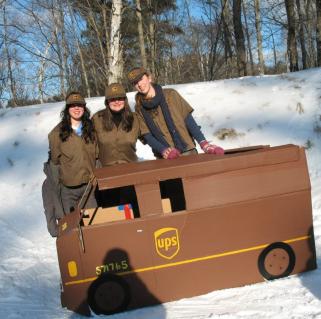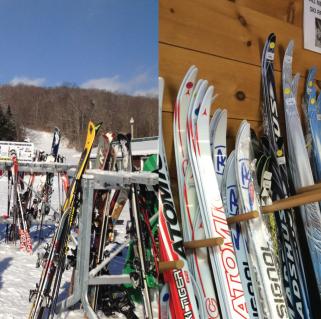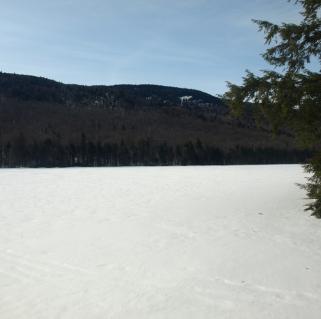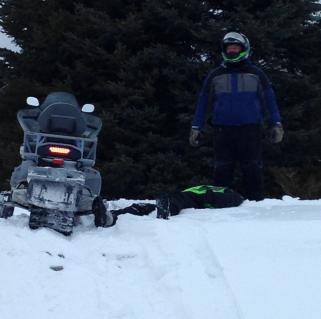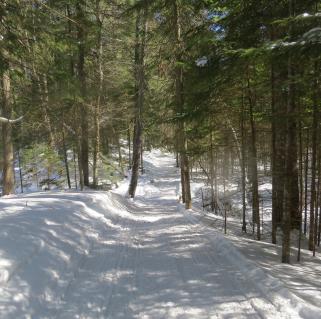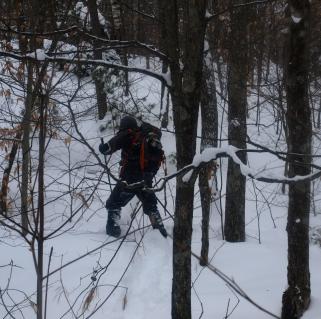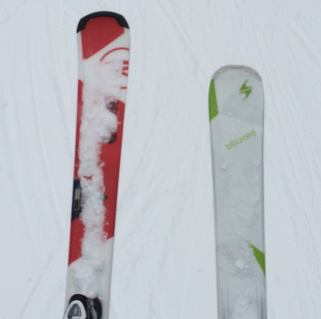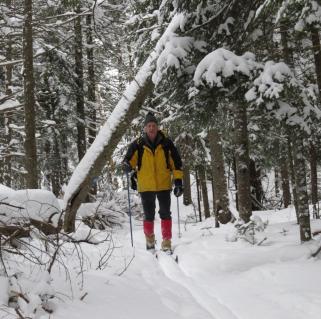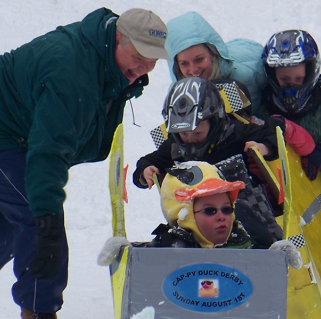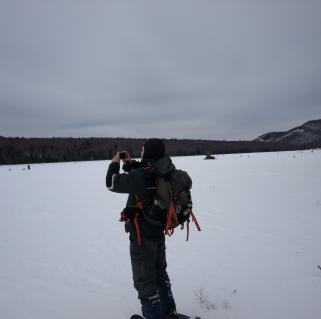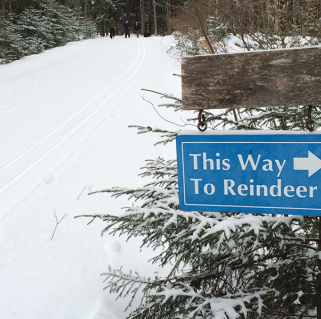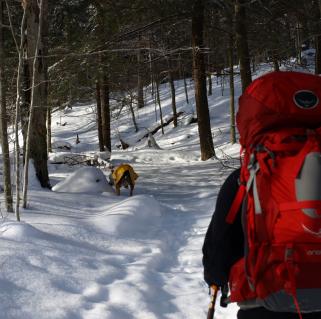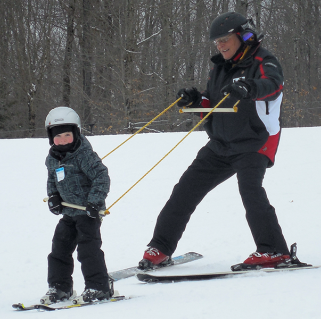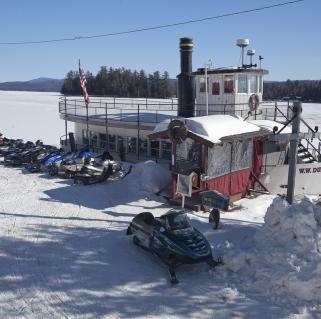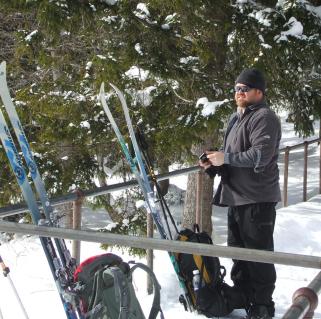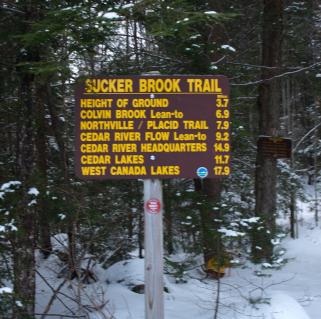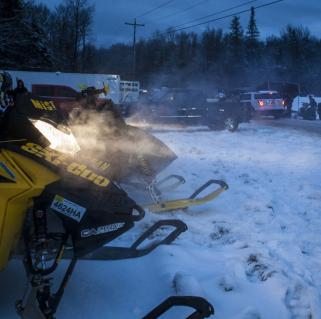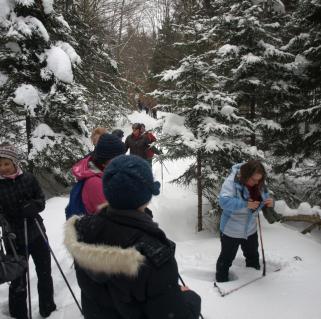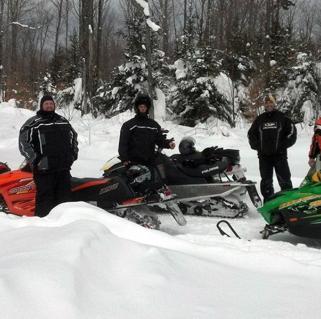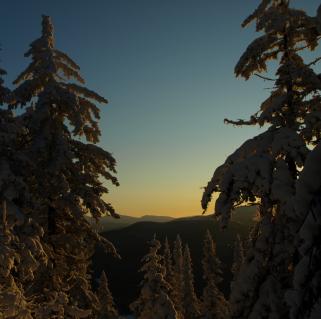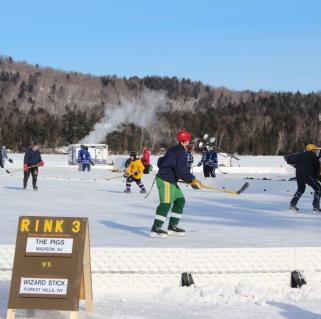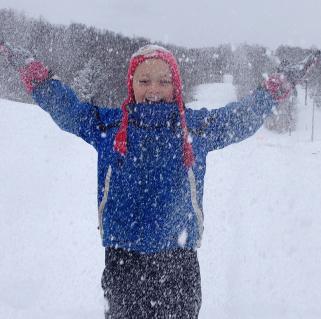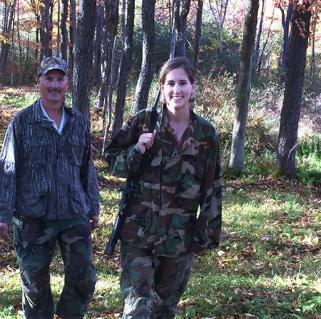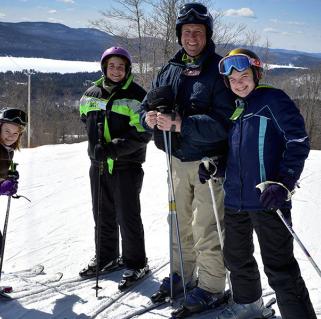Winters in the Adirondacks can be extreme: temperatures well below zero (Fahrenheit), snow, ice, wind, and everything. That doesn’t mean the season should be completely avoided. Don’t make like a bear and hibernate the snowy months away! There are still lots of trails to explore, just make sure you have snowshoes on your feet! With some preparation, hiking in winter can be just as fun as summer.
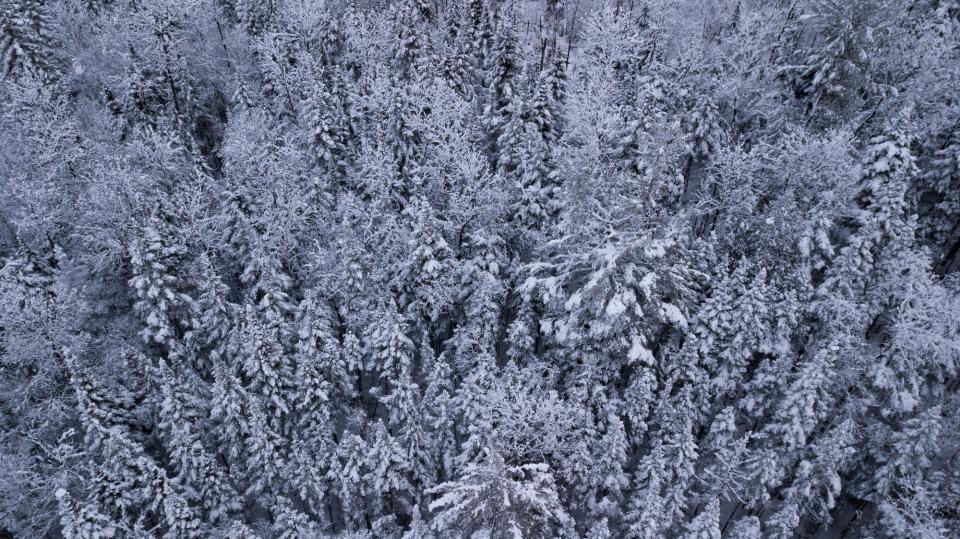
All you have to do is make sure you answer these questions …
Can I keep myself warm?
Like an onion, winter hiking has many layers. And not just informational layers, but clothing, too! Proper layering is perhaps the most important part of a winter hike. An active layering system will help ensure your body maintains a comfortable temperature that will in turn help prevent dangerous winter situations, like becoming hypothermic. Fabrics like wool and polyester are great for base layers because they retain their insulating properties if they get wet. Over top those base layers, make sure you wear clothing that will keep you warm (think insulating, like fleece). For an outer layer, you’ll want something that protects against wind, rain, and/or snow.
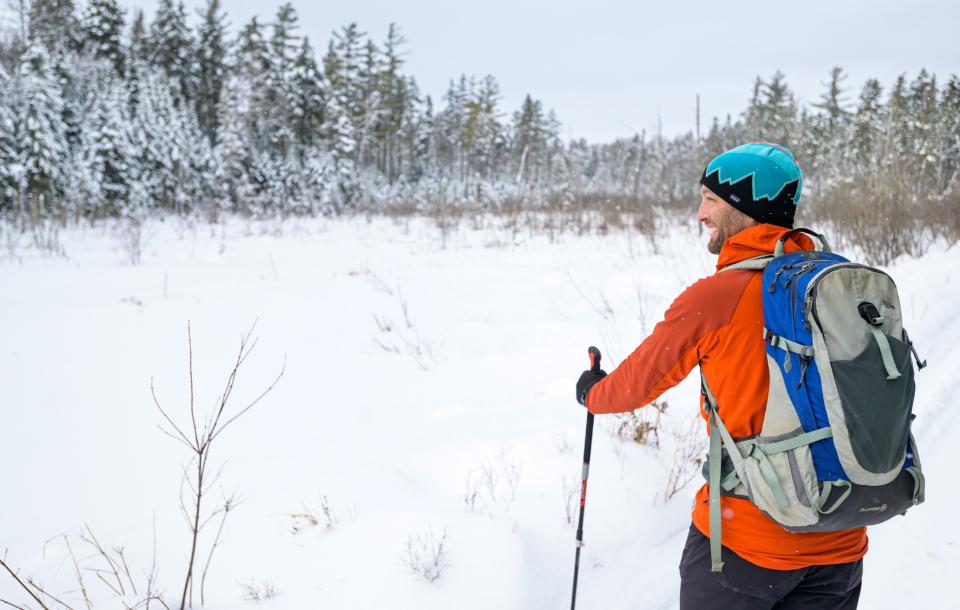
Active layering seems like a lot of work, peeling off or putting on layers as you heat up or cool down, but it’s a tried-and-true method of staying warmer (and safer from hypothermia risk!). Even if you aren’t wearing all your layers at the outset, it’s a good idea to take all layers on every trip. You can always take off layers if you get warm, but you can’t put on layers that you didn’t bring along.
And don’t forget about your hands, toes, and face! Non-cotton hats, gloves, and socks are essential. Remember: exposed skin puts you at a higher risk of frostbite. In very extreme conditions, exposed skin can become frostbitten in minutes. Pack extras in your pack, too!
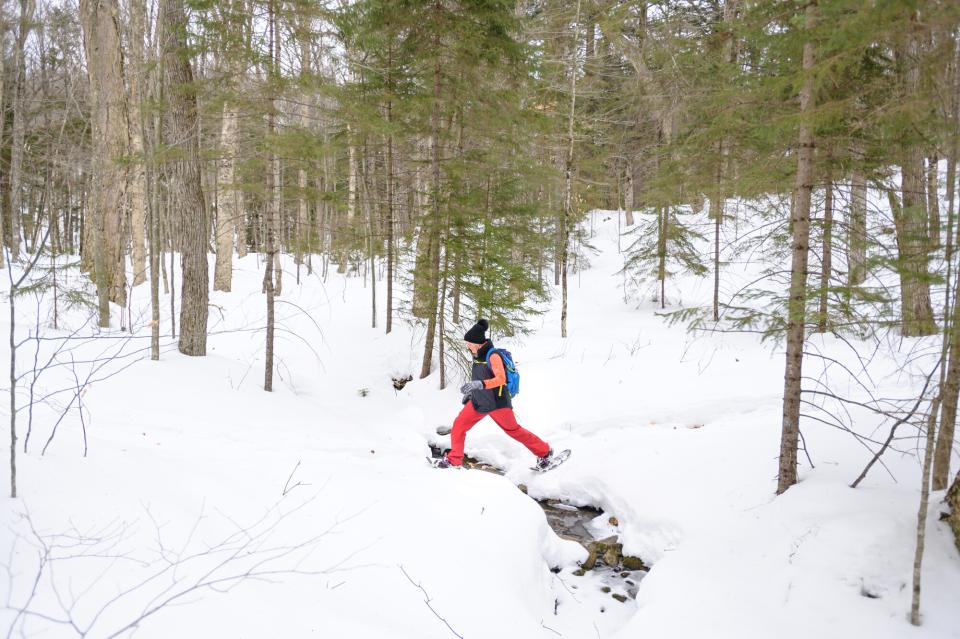
If you’re unsure how to layer properly in order to stay your warmest, start with smaller adventures before building to bigger goals. That way you’ll be able to figure out what works best for your body in a safer setting.
What is the forecast?
Being caught outside in bad weather is never fun, so make sure you’re checking the forecast in the days leading up to your trip. If high winds are predicted, maybe choose a hike that is more sheltered. If the temperatures are falling, maybe a shorter option will be more enjoyable. By checking the weather (and condition) reports you can better prepare for the elements, and therefore, help you have a more fun time outdoors.
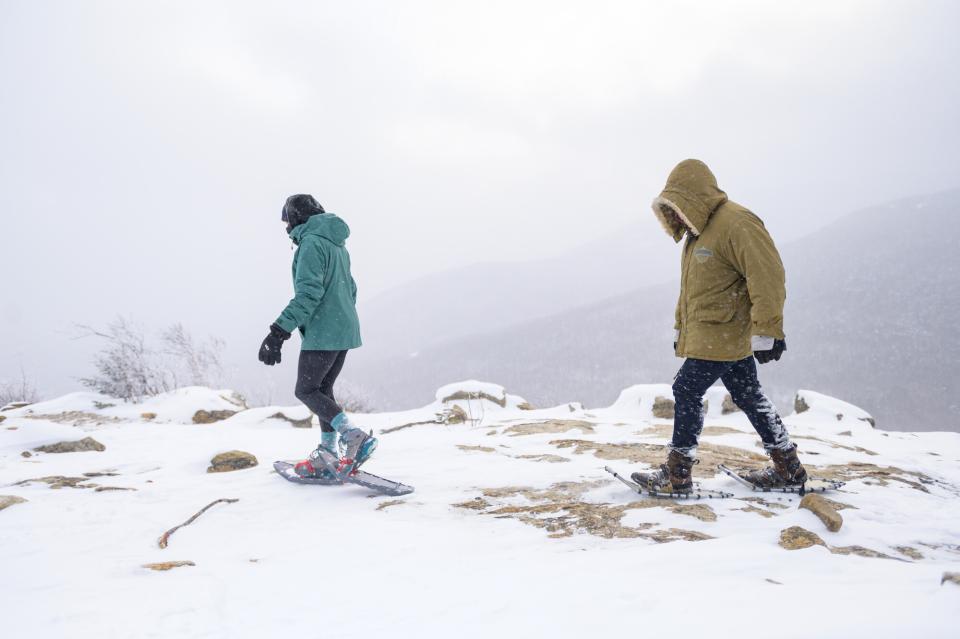
Do I have all the essential gear? (And, am I prepared if that gear fails?)
In addition to making sure you have the 10 Essentials, it’s critical in winter to bring some footwear accessories. That means snowshoes and/or microspikes. Snowshoes provide floatation in deep snow and help pack down trails so that others can safely use them without tripping in a post-hole. It might be awkward to walk in snowshoes at first, but they make walking through deep snow much less strenuous. If your hike has exposed rocks, it might be useful to pack microspikes or trail crampons as well to get a better grip on steep, icy terrain. Trekking poles might also give you better stability as you traverse deeper snow.
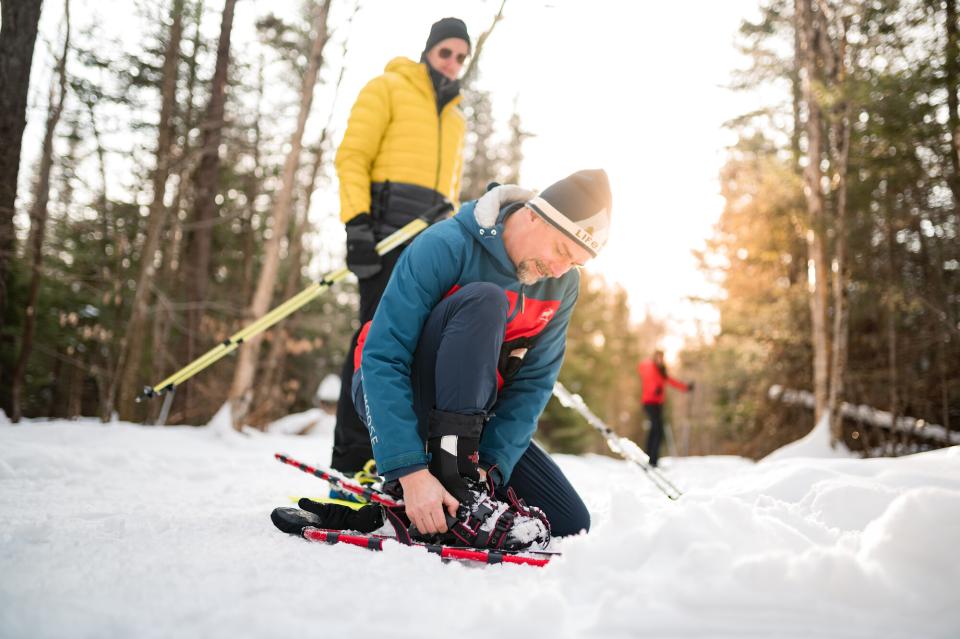
It might add more weight to your pack, but it’s alway a good idea to bring extras of your supplies and tools, etc. to fix anything that breaks. Bad things happen sometimes, so carrying extra essentials (like extra clothes, water, food, and supplies) will be useful in case something happens. If you end up in the woods longer than you anticipated, the “extras” you packed will keep you fed, hydrated, and protected. This includes an extra headlamp and batteries! Remember, daylight is more limited in winter months.
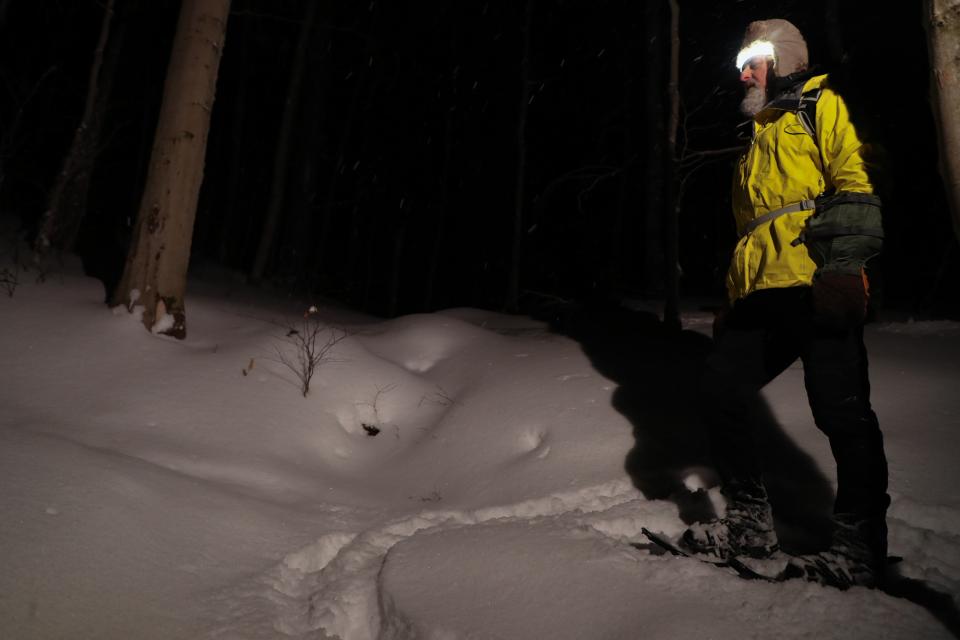
Is the planned hike suitable for all members of the group?
Don’t underestimate the importance of this question. Winter hiking is still hiking, but with different clothing and different gear; it might be an adjustment for some. Make sure everyone is comfortable with the gear and the hike! Don’t pick a super challenging outing if people in your group have never used snowshoes before. Hiking is supposed to be fun, so if you notice that someone in your group is not having a good time, remember it’s fine to turn around before reaching your destination.
Did I pack enough food and water?
Sure, you need to keep your body safe with an active layering system, but it’s also super important to keep fueled with water and food! Your body might be working hard to keep you warm when it’s cold, so make sure you have plenty of snacks and hydration to keep your “furnace” running. Be mindful of the temperature, though: if it’s really cold, granola bars or candy bars might freeze and be hard to chew. Try bringing soup in a warm thermos! To keep water from freezing, pour hot water in your Nalgene before you leave and keep bottles inside wool socks. Storing your Nalgene upside down also prevents the cap from freezing shut!
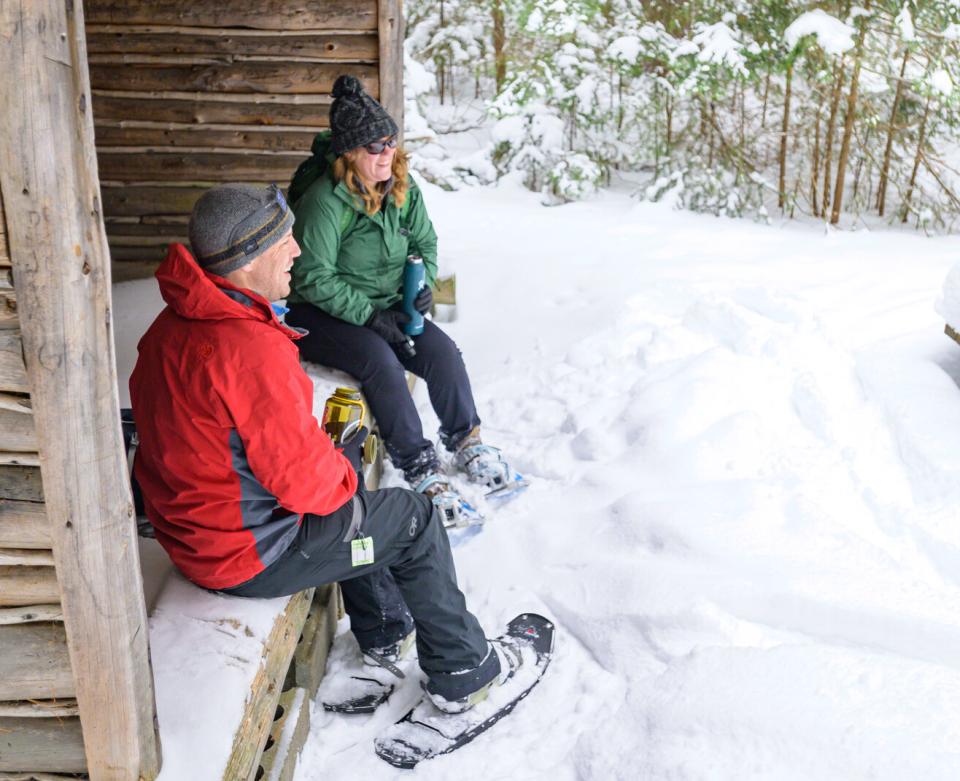
One more question …
Are you ready? If you answered the above questions and have the necessary supplies/knowledge for a successful trip, then yes, you’re ready!
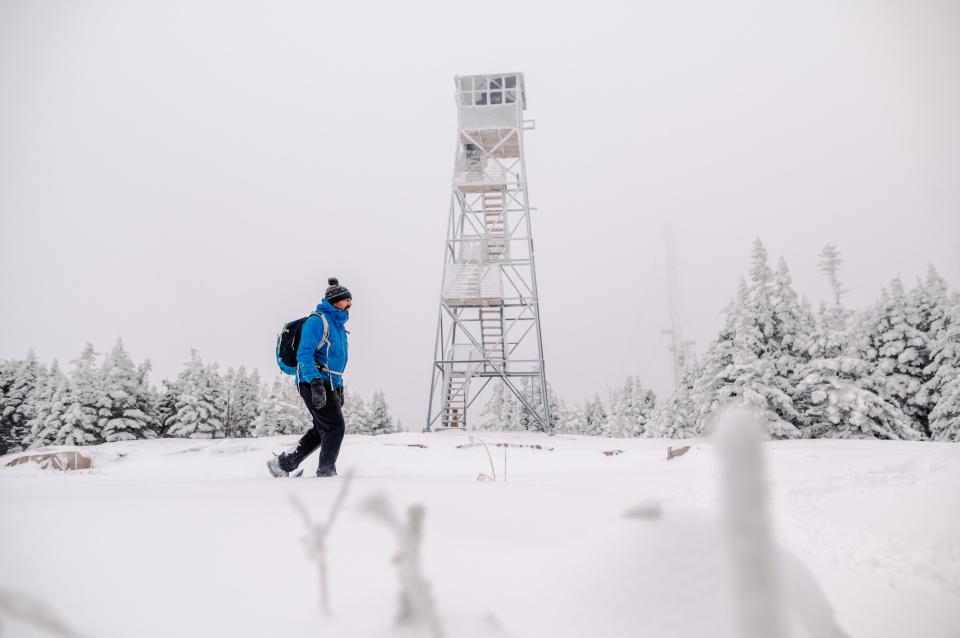
Here are a few recommendations for winter hikes:
- Easy: Fern Park, Rock Lake, Mt. Sabattis Recreation Area Trails
- Moderate: Wilson Pond, Chimney Mountain, Great Camp Sagamore Lake Trail
- Challenging: Snowy Mountain, Owls Head Mountain
Remember, in winter it is especially important to come prepared and practice ways to Love Your ADK; the best way to avoid emergencies is to properly plan and prepare for your trip.
There are a lot of trails in Hamilton County, so book a room and spend a few days exploring the area! Enjoy a tasty meal after your hike to re-fuel for another great day outdoors. Have a “winter”ful season!

